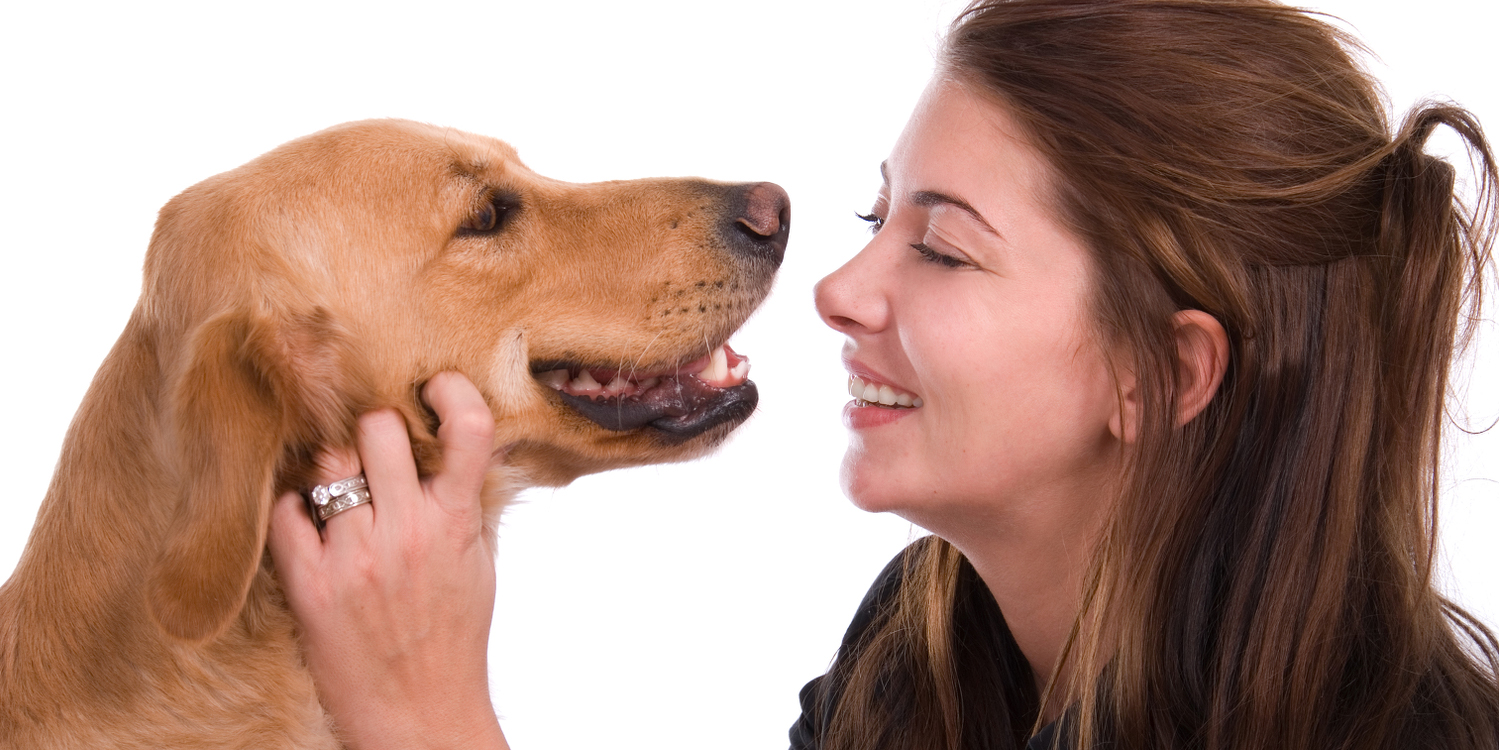Periodontal disease is the most common companion animal disease. In fact, 80 percent of dogs have some degree of periodontal disease by age 4.
The disease begins with gingivitis, an inflammation of gum tissue near the tooth base related to the build-up of dental plaque (tartar) on the tooth surface. Plaque-causing bacteria secrete enzymes that irritate the gum tissue. Tartar becomes mineralized; this is called “dental calculus.” Calculus is cement-like and almost impossible to scrape off unless the animal is sedated. The most obvious symptom you’ll encounter at this time is bad breath. Other symptoms include discolored teeth, red or bleeding gums, pawing at the mouth, and/or head shyness.
Inflammation is the normal response to infection. The gum tissue recognizes pathogens are present and attempts to neutralize them. At this point, professional dental cleaning, followed by daily oral hygiene prevents gingivitis from progressing.
If gingivitis does progress, gum infection weakens tooth attachments, causing extreme pain. Now your pet has periodontal disease, which is irreversible. Eventually, part of the jaw bone is resorbed; the tooth attachment dies and the tooth falls out. Abscesses and ulcers in the mouth, swollen gums, and loose, broken, decaying teeth can also occur. Symptoms include halitosis, anorexia, weight loss, excessive drooling, nasal discharge, and personality changes including short temper, growling/snapping, fatigue, and disinterest in activities that the animal used to enjoy. The reason for this is that eating—typically the highlight of a dog’s day—has been turned into a painful experience.
The bacteria which cause canine gingivitis are mainly Porphyromonas sp., some of which leave a characteristic black pigment on the tooth surface. Untreated periodontal disease allows oral bacteria that are inhaled or swallowed to colonize other organs. Porphyromonas infections can cause heart, kidney or liver disease, all of which can be fatal.
Canines in the Wild
In the wild, canines chew entire carcasses. Bones are crunched immediately or cached for later gnawing. Teeth are also scraped by tough hides, feathers, tendons, cartilage, and other connective tissue. Like it or not, companion animals that hunt keep their teeth cleaner. If this isn’t an option, then you must replicate daily tooth scraping.
Most dogs enjoy a fresh bone slice filled with marrow. If you’re concerned about pathogens, freeze bones. On hot days when my dogs are disinclined toward exercise, dinner is just a “bonesicle” under a tree. There are bone substitutes available as well.
Can Your Dog Eat Bones?
Bones are fine, but are not for every day; nor are they necessarily acceptable for aging, sensitive, toy or miniature dogs, or dogs that already have periodontal issues.
Instead, if your dog allows it, you can brush her teeth every other day. Alternatively, toothpaste chews are an excellent solution. You can add protection with enzyme-based powders that mix in drinking water. The enzymes keep Porphyromonas and other plaque-causing bacteria from adhering to teeth, but will not remove calculus.





